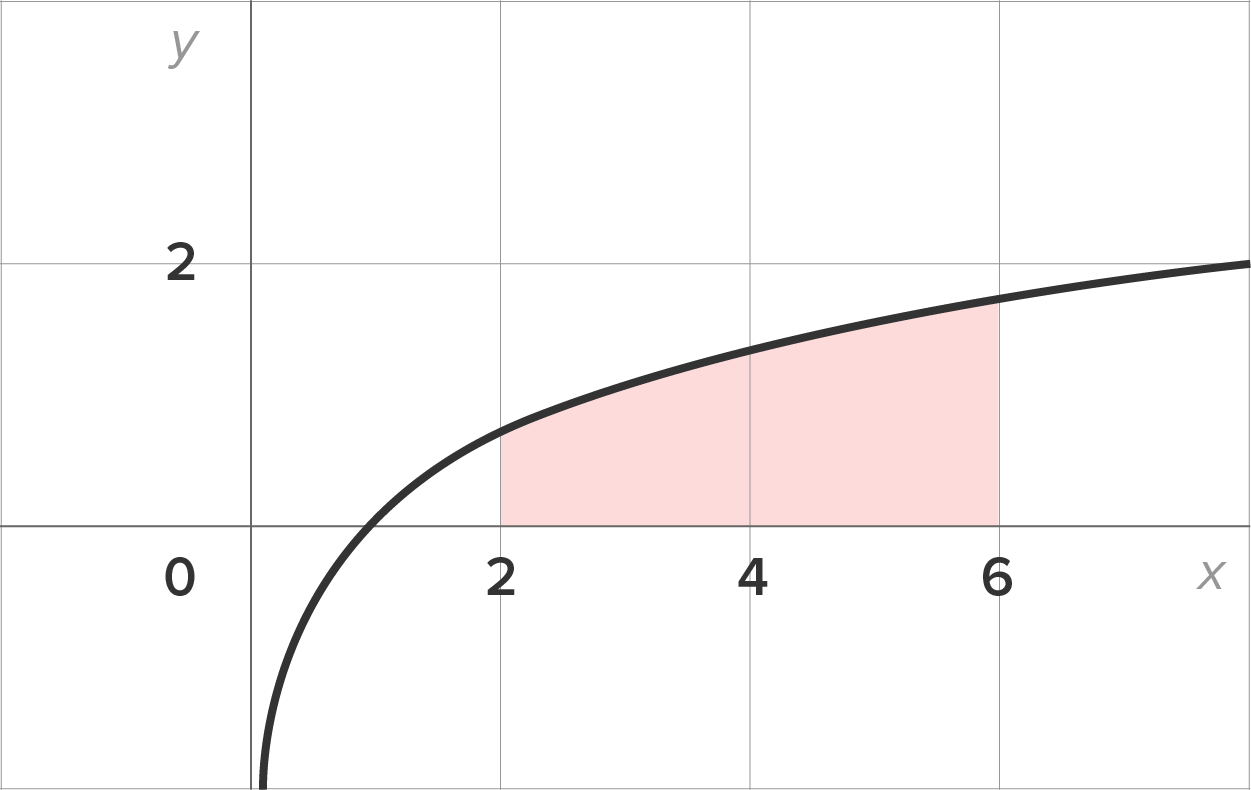Table of Contents |
Given any function, we have the necessary tools to find its derivative.
But to find antiderivatives of many functions, new techniques are required. Since these techniques are not covered in this course, we will make use of the table of integrals as referenced below.
EXAMPLE
Assuming a is a constant, use formula #44, which is to find
to find 
 Then,
Then, 
Here is another example, this time using logarithmic functions.
EXAMPLE
Find the indefinite integral:




EXAMPLE
Use an appropriate formula to find the indefinite integral:

 we have:
we have: 
Since the key step in evaluating  is finding the antiderivative of
is finding the antiderivative of  we can solve area and distance problems using the tables of integrals when necessary.
we can solve area and distance problems using the tables of integrals when necessary.
EXAMPLE
Evaluate the definite integral:

 which means
which means 

 This leads to:
This leads to:




EXAMPLE
Find the exact area of the region between the graphs of and the x-axis between
and the x-axis between  and
and  The region is in the figure below.
The region is in the figure below.

 the area is given by the definite integral
the area is given by the definite integral 
 It follows that:
It follows that:



 and the x-axis between
and the x-axis between  and
and 
Source: THIS TUTORIAL HAS BEEN ADAPTED FROM CHAPTER 4 OF "CONTEMPORARY CALCULUS" BY DALE HOFFMAN. ACCESS FOR FREE AT WWW.CONTEMPORARYCALCULUS.COM. LICENSE: CREATIVE COMMONS ATTRIBUTION 3.0 UNITED STATES.